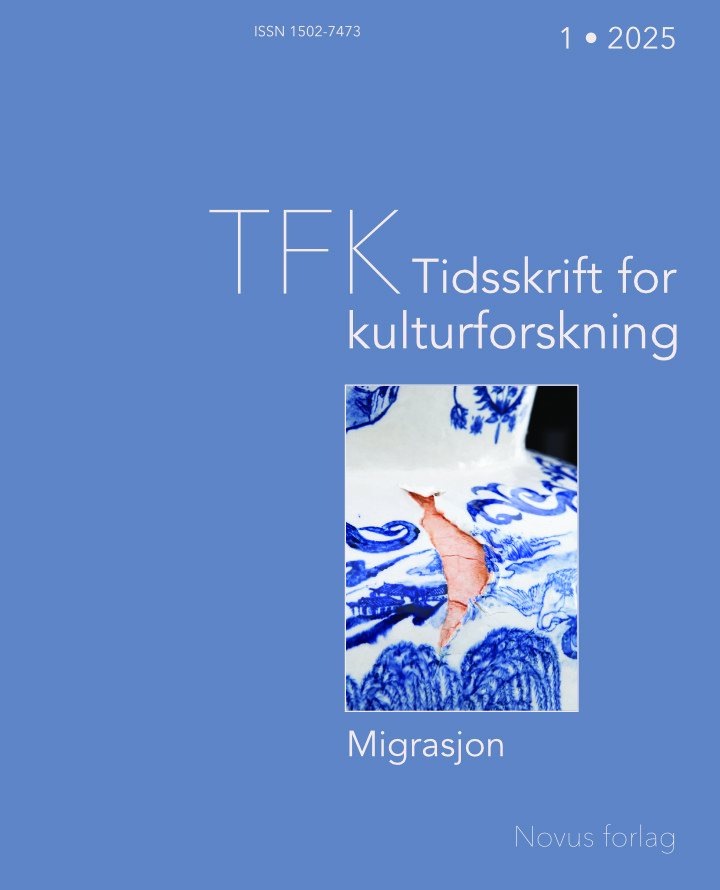Sammendrag
This article examines the historical narrative, and the interrelated memory culture connected to Leif Erikson (/Leiv Eiriksson) as the first white discoverer of America in the year 1000 as an example of a transatlantic ‘boreal medievalism’ and a transnational usable past. The Viking legacy was reinterpreted in scholarly and popular accounts and culturally recreated and commemorated through monuments, paintings, celebrations and performances of different kinds by Norwegian and Scandinavian Americans, mainly from the 1870s to the 1930s. The Leif Erikson cult in North America, however, dates back to the 1830s among a New England Protestant elite, inspired by translations of the Vinland sagas. The Norse narrative was a central element in the homemaking mythology of Norwegian Americans, and served to position the Scandinavian Americans in general in the hierarchical ethno-racial landscape of the day. It also strengthened transatlantic ties and generated an increased interest in Leif Erikson in Norway. In this article, the transatlantic Leif Erikson memory culture, promoted by Norwegian Americans and others, is studied through historical literature, new monuments, the celebration of Leif Erikson Day 9 October and the Norwegian representation at the World’s Columbian Exposition in Chicago in 1893 through a replica of a Viking ship and a painting of the Norse hero. The history of Christian Krohg’s painting Leif Erikson Discovering America, causing a heated discussion in Norway as late as 2023, is an interesting example of the public and transatlantic use and negotiation of a usable past and of a − still relevant − boreal medievalism.
Dette verket er lisensiert under Creative Commons Attribution-ShareAlike 4.0 International License.
Opphavsrett 2025 Ruth Hemstad

